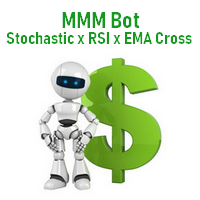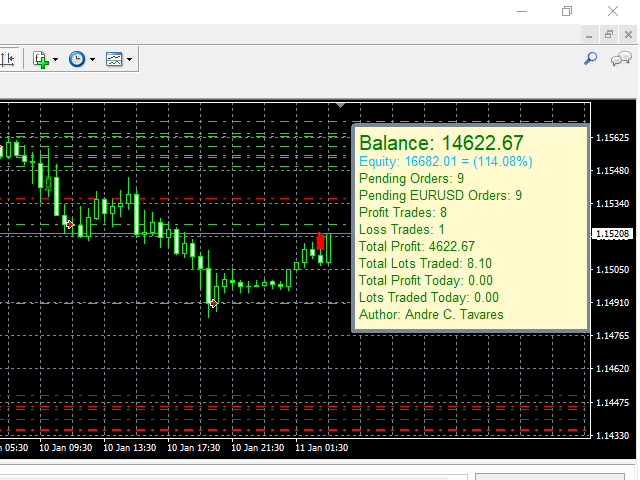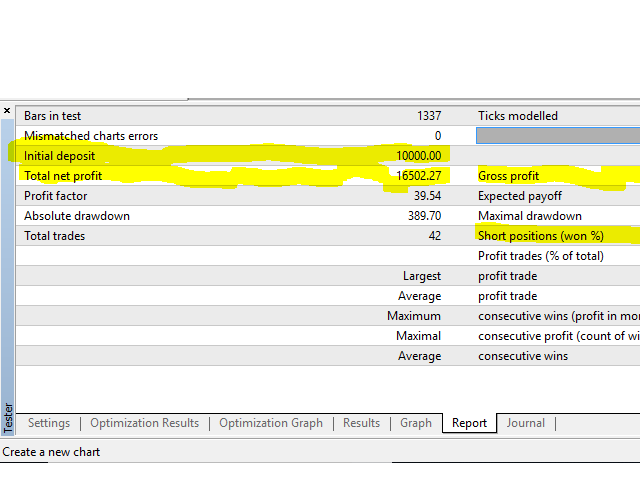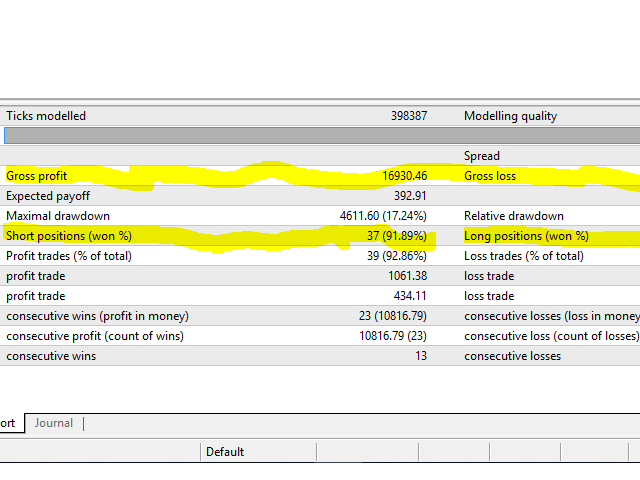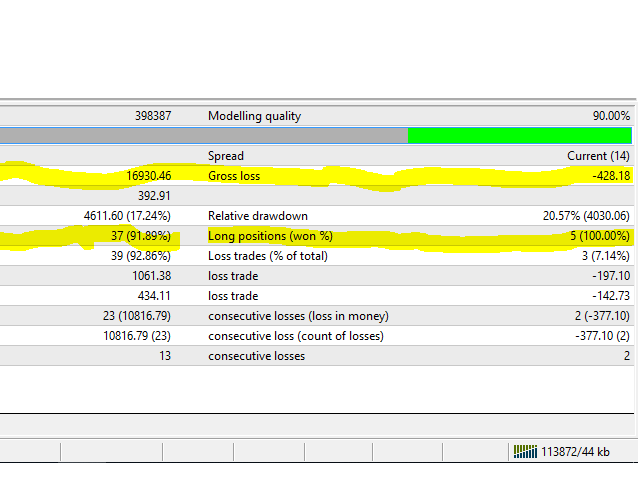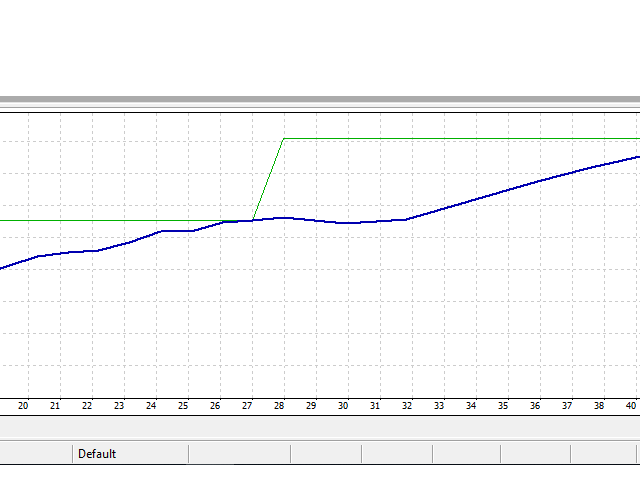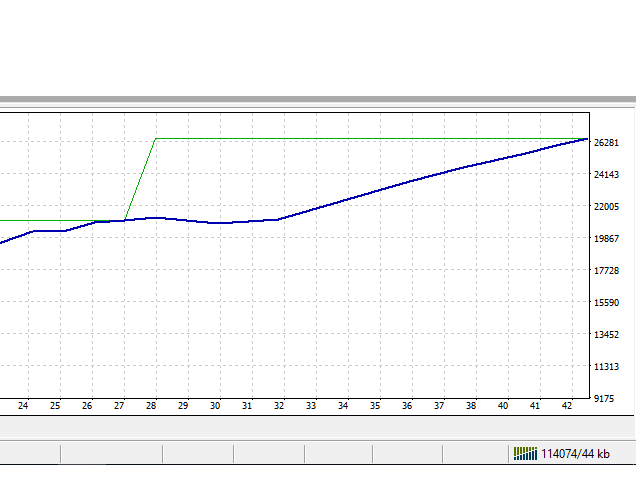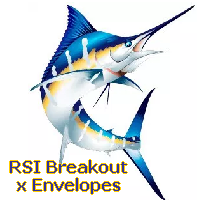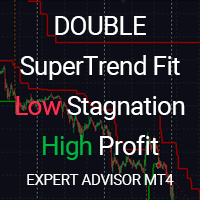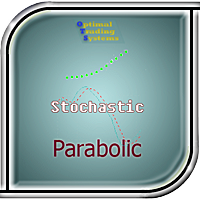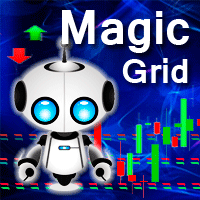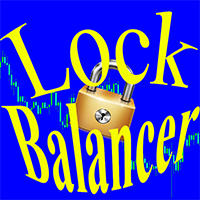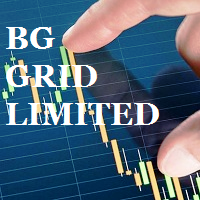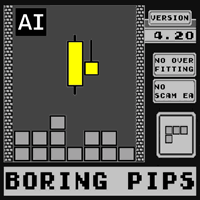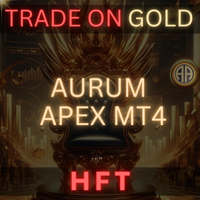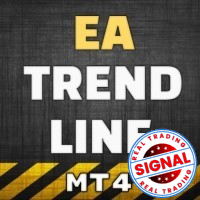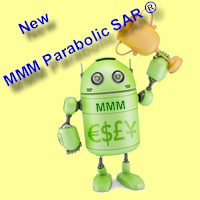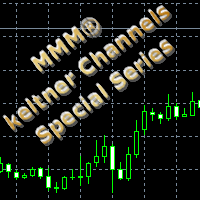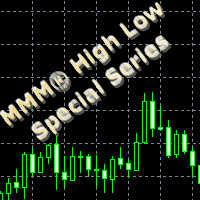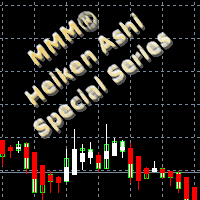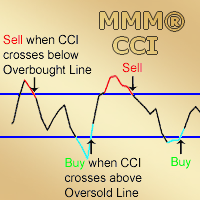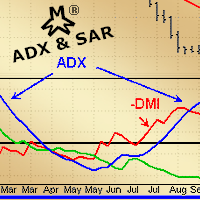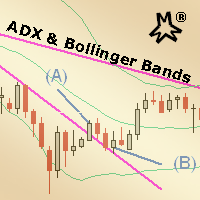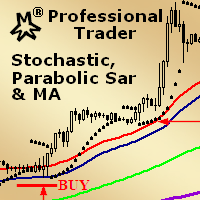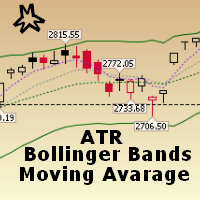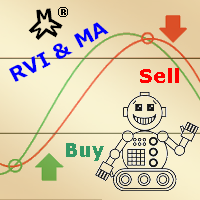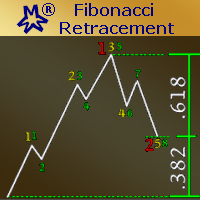MMM Stochastic x RSI x EMA Cross
- エキスパート
- Andre Tavares
- バージョン: 1.0
- アクティベーション: 5
This EA has built-in trend Stochastic, RSI and EMA Cross indicators to check the trends before performing any trading action. It's engine is provided with:
- trailing Stop Loss;
- bad time to trade filter for each day of the week;
- enable and disable martingale mode;
- define the maximum spread value to trade;
- define the minimum equity percentage to allow trading;
- the input values are already optimized for EURUSD at timeframe M30.
The Strategy
- This Expert Advisor uses its built-in trend indicators combination where you can set optimized input values for best results;
- It is also provided by Trailing Stop Loss technology;
- You may define the time you do not want the EA to trade on each day of the week.
General Inputs
- Take profit (order profit ceiling): traditional take profit. Orders will automatically be opened with this take profit value.
- Stop loss (loss limit): traditional stop loss. Orders will automatically be opened with this stop loss value.
- Lots volume to trade: defines the volume of the orders of this currency pair;
- Trailing stop loss: this parameter is the traditional trailing stop loss. If you do not want to use it, fill it out with 0 (zero);
- Maximum number of simultaneous orders: Number of simultaneos positions to open;
- Minimum equity percentage to allow opening new positons: used to define the minimum equity required to open new orders in order to protect your equity;
- Maximum Spread allowed for operations: defines the maximum SPREAD value allowed to your trading operations. Set it to ZERO if you won't use it;
- Magic Number: this parameter identifies the orders the EA is working with;
- Double lots volume on gain limit (disabled if = 0): sets martingale volume limit. Set to Zero to disable;
Bad time to trade (MARKET WATCH TIME)
- The Starting hour the EA will not trade on Mondays (0..23h): this input defines the starting bad hour the EA will not trade. Disabled if = -1;
- The Ending hour the EA will not trade on Mondays (0..23h): this input defines the ending bad hour the EA will not trade. Disabled if = -1;
- The Starting hour the EA will not trade on Tuesdays (0..23h): this input defines the starting bad hour the EA will not trade. Disabled if = -1;
- The Ending hour the EA will not trade on Tuesdays(0..23h): this input defines the ending bad hour the EA will not trade. Disabled if = -1;
- The Starting hour the EA will not trade on Wednesdays (0..23h): this input defines the starting bad hour the EA will not trade. Disabled if = -1;
- The Ending hour the EA will not trade on Wednesdays(0..23h): this input defines the ending bad hour the EA will not trade. Disabled if = -1;
- The Starting hour the EA will not trade on Thursdays(0..23h): this input defines the starting bad hour the EA will not trade. Disabled if = -1;
- The Ending hour the EA will not trade on Thursdays(0..23h): this input defines the ending bad hour the EA will not trade. Disabled if = -1;
- The Starting hour the EA will not trade on Fridays(0..23h): this input defines the starting bad hour the EA will not trade. Disabled if = -1;
- The Ending hour the EA will not trade on Fridays(0..23h): this input defines the ending bad hour the EA will not trade. Disabled if = -1;
The Internal trend Indicators' Inputs:
EMA CROSS:
- EMAs applied price: the applied price used in the EMA's calculations;
- Short EMA period: the short EMA preiod used in it's calculations;
- Long EMA period: the long EMA preiod used in it's calculations;
- EMAs Shift: the number of bars (shift) used in EMAs calculations.
STOCHASTIC:
- Stochastic %K Period: this the K period used in Stochastic indicator;
- Stochastic %D Period: this the D period used in Stochastic indicator;
- Stochastic Slowing: the Stochastic standard Slowing parameter;
- Moving Average Method: the Moving Average used method;
- Stochastic Price Field: the standard Stochastic Price Field;
- Stochastic Over-Bought: the indicator's Over-Bought limith that indicates it is time to open Sell orders;
- Stochastic Over-Sold: the indicator's Over-Sold limith that indicates it is time to open Buy orders;
RSI:
- Price applied to RSI: defines the price applied to RSI calculations;
- RSI used Period: defines the period used on RSI calculations;
- RSI shift: defines the RSI shift used on RSI calculations;
- RSI Upper Level: defines the RSI UPPER level;
- RSI Lower Level: defines the RSI LOWER level.
